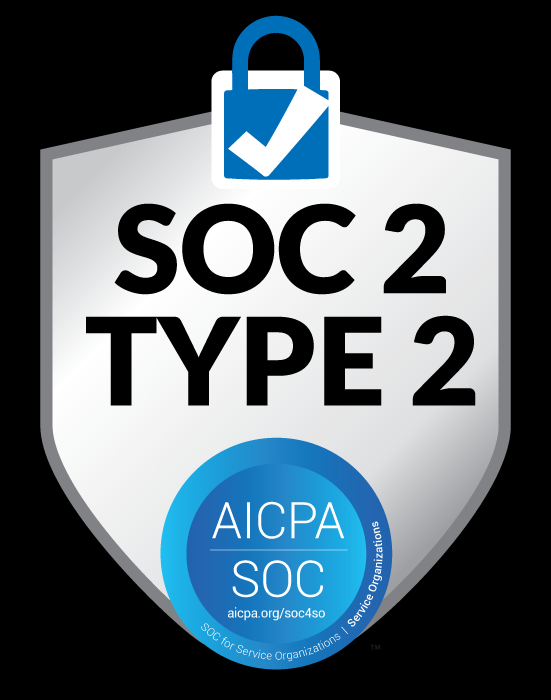Account Takeover in Healthcare: How to Deliver Security and Trust

As a medical professional or healthcare patient, imagine your digital identity being compromised. Your online accounts and personal data are transformed into tools for cybercriminals to perpetrate fraud. This is the alarming reality of account takeover (ATO) attacks, a rising threat that’s becoming increasingly sophisticated. With the emergence of AI-powered attacks, even the most vigilant individuals are at risk.
Recent warnings from the U.S. Department of Health and Human Services highlight the alarming surge in ATO incidents targeting healthcare and public health organizations, where sensitive patient data is at stake. A recent global study found that one in four people have experienced an AI cloning scam or knew someone who had. 90% of businesses have experienced account takeover ATO attacks, with 30% of incidents resulting in transaction fraud.
Although these statistics are disturbing, healthcare organizations are diligently working to prevent account takeover ATO attacks by implementing high-fidelity identity verification (IDV) technology. IDV is a powerful defense, but integration with existing systems can be time-consuming and complex. Fortunately, advancements in IDV orchestration are addressing these challenges and paving the way for a more secure healthcare experience.
Understanding the Threat
Healthcare systems store highly sensitive personal information, including medical histories, financial details, and social security numbers. This data is extremely valuable to cybercriminals who can use it for financial fraud, ransomware attacks, and extortion. This makes healthcare organizations prime targets for ATO attacks. Common attack methods include:
Phishing
Cybercriminals deceive users into clicking on malicious links or downloading attachments that compromise their credentials.
Credential Stuffing
Stolen credentials from previous data breaches are used to log into accounts, often successfully due to password reuse.
Social Engineering
Attackers manipulate individuals into divulging sensitive information or granting unauthorized access to sensitive accounts.
Account Recovery
Hackers use stolen credentials to reset passwords and takeover accounts without being detected.
Consequences of ATO Attacks
The consequences of an account takeover can lead to severe damages including:
Data Breach
Exposure of sensitive patient information, such as medical records, financial data, and personally identifiable information (PII), which can be exploited to commit fraud and initiate new attacks.
Financial Losses
Forensic investigations, legal fees, fraudulent transactions, regulatory fines, and account recovery efforts can incur substantial costs.
Reputational Damage
The loss of patient trust, negative media coverage, compliance violations, and potential business disruptions can harm an organization’s reputation.
Patient Safety Risks
Compromised access to medical records and critical systems can lead to errors in treatment and patient care.
Given the high stakes involved in patient safety and operational stability, healthcare organizations are taking decisive steps to prevent ATOs and strengthen their defenses.
Analyzing Vulnerabilities
Common vulnerabilities that contribute to account takeover include:
Account Recovery Processes: Account recovery methods relying solely on passwords, email, or SMS verification are highly susceptible to account takeover (ATO) attacks. Attackers can easily exploit leaked credentials to initiate account recovery and gain access to critical accounts undetected.
Passwords: The use of passwords for account security leaves organizations vulnerable. Even robust passwords can be easily copied and used by attackers to reset accounts. Password-based systems are prime targets for any ATO attack campaign.
Phishing Susceptibility: Employees and patients alike are vulnerable to phishing attacks. Automated AI-powered phishing programs are becoming increasingly sophisticated and difficult to detect.
Lack of ID Verification and Strong MFA: Accounts that do not require biometric ID verification and phishing-resistant multi-factor authentication (MFA) are at risk of attack. MFA solutions using legacy methods like SMS and reusable codes are no longer secure.
Poor Session Management: Medical facilities and patient families often have legitimate reasons to share devices. Prolonged account sessions increase the risk of unauthorized access if a user’s device is compromised or if multiple users share the same device.
Over-privileged Accounts: Accounts with excessive permissions and limited verification are high-value targets for attackers.
Account takeover attacks pose a significant threat across all industries, but Healthcare organizations are particularly vulnerable targets. This is why leading Healthcare organizations are transforming patient and employee account protection by implementing account verification methods that reduce risk and foster trust.
Security and Trust with Identity Verification (IDV)
IDV verifies the authenticity of patients and healthcare workers by combining biometrics, high-fidelity liveness detection, and advanced document proofing. IDV can be integrated into high-risk processes like account recovery, onboarding, and account login. With IDV in place, ATO attackers are blocked. IDV credentials are uniquely linked to the individual, not passwords, codes, or devices that can be easily compromised. They cannot be copied or reused to hijack healthcare accounts.
IDV significantly enhances security and user experience simultaneously. Using IDV, patients and healthcare workers no longer need to remember passwords or navigate security codes to access their accounts. The verification process is swift and user-friendly. IDV transforms the digital healthcare experience by increasing trust and mitigating the risk of account takeover.
IDV Orchestration
Although IDV technology is essential for online security, its implementation can be intricate, time-consuming, and expensive. IDV orchestration significantly simplifies the deployment of Identity Verification, reducing the time and costs associated with workflow development. It offers a streamlined solution that integrates seamlessly with existing systems and adapts to evolving requirements. Through orchestration, IDV and strong authentication features can be modified as needed without the need for re-platforming or custom development. Emerging digital identity technologies, such as verifiable credentials, Face Check, and AI-powered access controls, can be easily integrated with IDV to reduce costs, save time, and protect your healthcare organization.
IDV Adoption in Healthcare
Healthcare is a prime target for account takeover attacks today. However, in the near future, IDV Orchestration will compel attackers to seek less vulnerable targets. To discover how other healthcare organizations are implementing IDV and protecting against account takeover, contact IdRamp today. We can help your organization determine the most effective IDV strategy for your healthcare network.


